Recent years have brought incredible advancements in the cameras that we use underwater. We have improved sensors, increased resolution, dynamic range and faster auto focus systems. The one thing that has remained largely unchanged are the lens port optics. Using dome ports, underwater imaging systems have hit a performance ceiling, leaving substantial room for improvement.

Canon EOS 5DS R, EF28-70mm at 38mm, WACP-1, 1/50 sec, f/8.0, ISO 320
Flat Ports
Let’s start by taking a look at flat ports. When we shoot with a flat port in air, it is like shooting through a window, it has little to no effect on the image. When we take that same port underwater, light travels through the water and into the air space behind the port. Any light rays entering at an angle get refracted. This causes some problems. Most divers have experienced reaching out to an anchor line only to find it is actually further away than it appeared. This same thing happens to our camera, subjects appear magnified and the field of view of your lens is decreased by 33%. This may not be a big deal, and even a bit of a bonus, when shooting macro, but your wide angle lens will not be that wide anymore. Another problem with refraction is chromatic aberration or color fringing - this occurs as the light gets deflected and split into different color wave lengths. It often shows up in our images as a purple fringe around the edges of highlights. Flat ports also create pincushion distortion and loss of corner sharpness. This is especially noticeable with wide lenses.

This image shows the pincushion distortion, magnification and reduced field of view when shooting through a flat port.
Dome Ports
The solution for many of these problems was to use a dome port. A dome port doesn't refract light as it passes from water to the airspace inside the dome, solving the magnification issue. Wide lenses retain the same field-of-view angle they have in air. Dome ports have much less chromatic aberration and pincushion distortion than a flat port would have, but the issue of corner softness remains (and in some cases can be quite extreme).
Underwater, a dome port acts as an additional lens element. This lens creates a virtual image of the subject that is smaller and much closer to the camera than the actual subject. The first challenge is that the camera lens must be able to focus close enough to capture the virtual image, but this isn't a common problem with big domes and close focusing DSLR lenses. The issue that can be harder to overcome underwater is that the virtual image is curved. The portions of the subject that are near the edges will appear to be closer to the camera than the center of the subject. When focused at the apparent distance of the center of the image, the corners (that appear closer to the camera) can fall outside of our depth of field range (and out of focus). This is why a smaller aperture improves corner sharpness - it increases depth of field!

This diagram shows the light at an angle being refracted as it enters the air space behind the flat port.


Canon 5DMK IV, EF28mm, WACP-1, 1/200 sec, f/14, ISO 160
Canon 5DMK IV, EF28-70mm at 28mm, WACP-1, 1/200 sec, f/16, ISO 100

Nikon D850, 28-70mm at 28mm, WACP-1, 1/100 sec, f/10, ISO 400
WACP-1
Our goal is to build the very best underwater imaging systems possible. There are lots of great camera choices available, and Nauticam housings for them provide an extremely reliable, ergonomic, and user friendly experience. Our lens port configurations, using the same "old" technology as the rest of our industry, became a glaring performance bottleneck.
Water contact optics like the WACP-1, wide angle conversion port, are not a new concept. Some of the last serious development of underwater corrective lenses was in the late 1940s and early 1950s by Dmitri Rebikoff. Nikon produced dedicated film rangefinder and SLR lenses (Nikonos and Nikonos RS Series) for use in water in more recent times, but modern development was long overdue. Nauticam rose to this challenge.
The WACP-1 is a conversion lens with in water correction. Simply put, it converts an off the shelf lens to be wider and corrects it for in water use. The lens was designed for large, high resolution image sensors. It is compatible with both video and still photo systems. With compatible lenses, WACP-1 increases field of view dramatically, increases center sharpness, dramatically increases corner sharpness, and improves contrast. The combination has excellent overall image quality - even at open apertures.




This chart shows the resolution at various apertures for the WACP-1 and Nikon 28-70mm compared to the Nikon 14-24mm and 230mm dome and Canon 11-24mm and 230mm dome.
Lenses
The WACP-1 can be used with multiple camera systems. It is designed for use with lenses 28mm (full frame equivalent) and narrower. Many prime lenses are available to choose from, but it is also compatible with a number of zoom lenses. WACP-1 is a wide angle conversion in front of an existing camera lens, allowing autofocus, image stabilization, and electronic aperture control from the body to be utilized.
WACP-1 has a conversion factor of 0.36x, meaning it widens the field of view of the lens you put it in front of. A 28mm lens that normally has a field of view of 75° is equivalent to a Full Frame 10mm with 130° field of view when used behind WACP-1. 130° is significantly wider than the field of view possible with ultra wide zooms, but not so wide as to introduce extreme fisheye distortion that can be distracting.


Canon 5DS R, EF28-70mm at 28mm, WACP-1, 1/100 sec, f/10, ISO 320
Canon 5DMK IV, EF28-80mm at 28mm, WACP-1, 1/100 sec, f/8.0, ISO 640

Nikon D850, 28-70mm at 35mm, WACP-1, 1/60 sec, f/10, ISO 320
Zoom
Zoom range is another extremely valuable feature. Compatible zoom lenses offer 2.5x-3x zoom range. This is a much wider range than typical wide angle zooms offer, providing a zoom range that covers ultra wide, midrange, and closeup perspectives in one lens.
Below are some of the best zoom lenses for the WACP-1. For a full list of compatible lenses please go to the Port Charts page and click on the WACP-1 link.
Nikon |
Canon |
Sony |
| Full Frame |
Full Frame |
Full Frame |
|
Nikon AF 28-70mm f/3.5-4.5D |
Canon EF 28-70mm f/3.5-4.5 II |
Sony FE 28-70mm F3.5-5.6 OSS
|
|
APS-C |
APS-C and Super 35 |
|
|
Nikon AF-S DX NIKKOR 18-55mm f/3.5-5.6G VR II |
Sigma 18-35mm F1.8 DC HSM | A |
|
|
|
Canon EF-S 18-55mm f/3.5-5.6 IS STM |
|

The zoom range and close focusing abilities of the WACP-1 allows you to shoot ultra wide and tight shots like this on the same dive. Canon EOS 5DS R, EF28-70mm at 70mm, WACP-1, 1/200 sec, f/16, ISO 100
Focus
The WACP-1 can focus close. How close? A subject touching the front glass element! That opens a lot of opportunities for creative close focus, especially when combined with a zoom lens. Anyone who has tried lighting a subject that close knows it can be challenging. Large domes tend to cast a shadow. The WACP-1 is actually quite small - the front element is only 145mm. That makes it easier to light close subjects. It ships with an attached buoyancy collar which adds bulk to the lens, but makes it easier to handle underwater. It can be removed if you want a smaller setup, but I don’t recommend that for most users. It can be a bit tricky to reinstall and the lens is pretty negative underwater without the collar. Fisheye lenses can also focus close to the dome, however they usually don't require extension rings. This can often make the housing itself an impediment to getting the most effective strobe position. The added length of the WACP has the added benefit of solving this issue, giving more space around the port to get exactly the right lighting angles.

Canon EOS 5DS R, EF28-70mm at 28mm, WACP-1, 1/160 sec, f/10, ISO 320
Video
Great video is about storytelling. Getting wide, medium and tight shots of a subject can help put it all together. A WACP-1 with a zoom lens allows you to get those shots on a single dive. Because the WACP-1 retains sharp corners at wider apertures, footage can be shot at a lower ISO. This produces cleaner images with less noise. The Sigma 18-35mm F1.8 DC HSM | A is an extremely fast and versatile lens to use on super 35 sensor cameras. We make a dedicated version of the WACP-1 (85202) specifically for this lens that includes the necessary extension ring and a float collar.
Nauticam Wide Angle Conversion Port (WACP) Showreel from Nauticam on Vimeo.
Raja Ampat with the Canon C200 in Nauticam NA-C200 and WACP from Hergen Spalink on Vimeo.
Travel
The WACP-1 ships with a very nice padded bag. This can be used for extra protection inside a checked bag or as a carry-on. I typically pack mine into a Think Tank, Pelican or similar case. I feel that it is easier to travel with and takes up less room than the 230mm dome and extension rings needed for a 16-35mm.

Conclusion
- The WACP-1 offers superior optical quality when compared to ultra wide lenses behind dome ports, especially noticeable in the corners
- This also gives you the ability to use wider apertures for low light situations, or to balance background exposures
- The WACP-1 has a smaller front element than many domes and will focus on the front glass. This makes it a great option for close focus wide angle.
- The versatility available with zoom lenses is unmatched
- Video shooters can get wide, medium and tight shots all with one lens, essential for building a story.
- WACP-1 can be used with multiple camera setups and brands.
- Cost is similar when compared to large glass domes and high end lenses.
For a full list of compatible WACP-1 lenses please go to the Port Charts page and click on the WACP-1 link.
If you have questions on these or any other Nauticam products, please contact us here.

Canon EOS 5DS R, EF28-70mm at 70mm, WACP-1, 1/200 sec, f/13, ISO 160

Nikon D500, Nikon 18-55mm @55mm, WACP-1, 1/50 sec, f/10, ISO 100




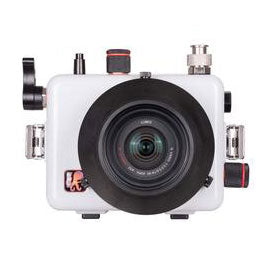
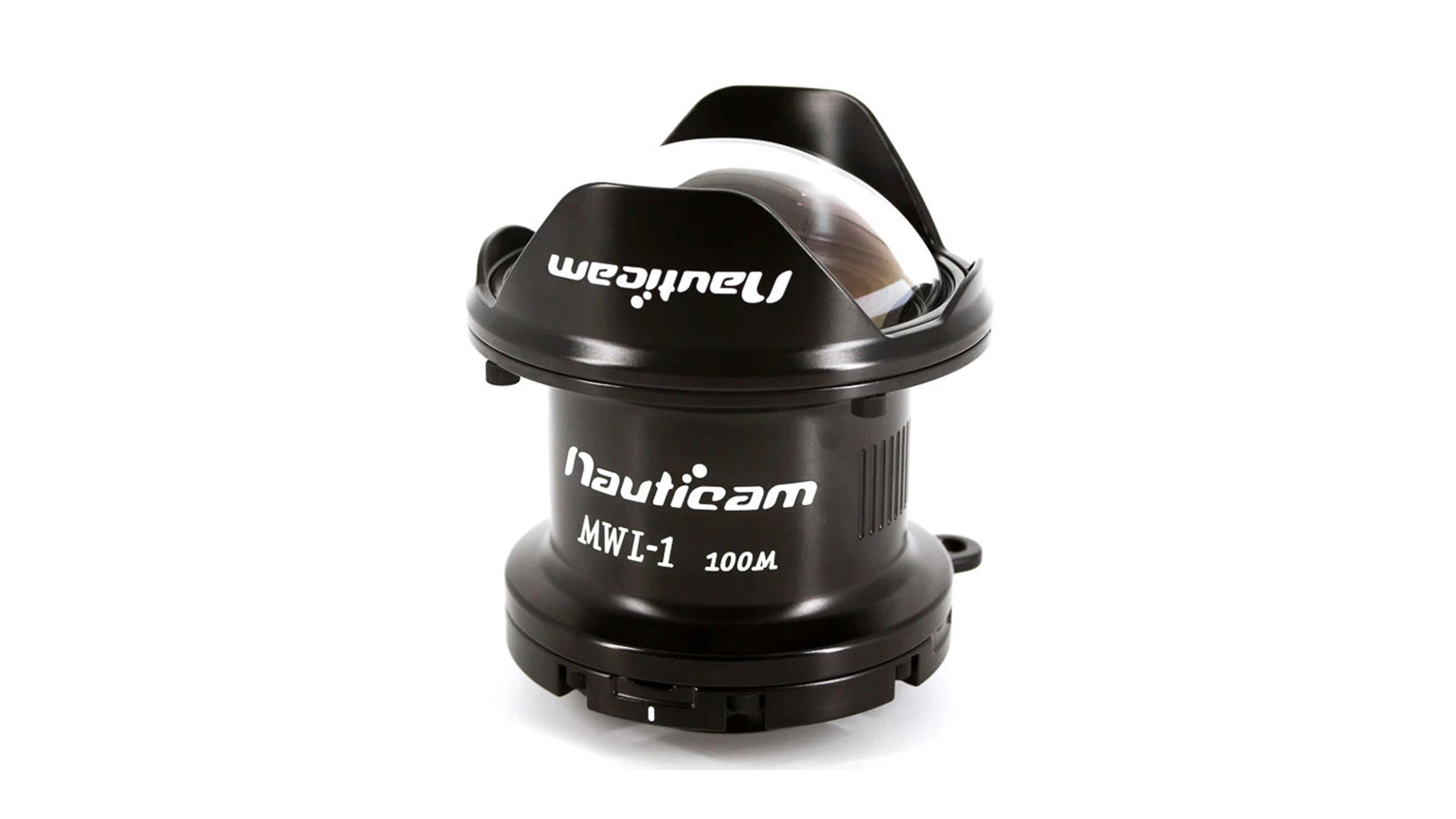
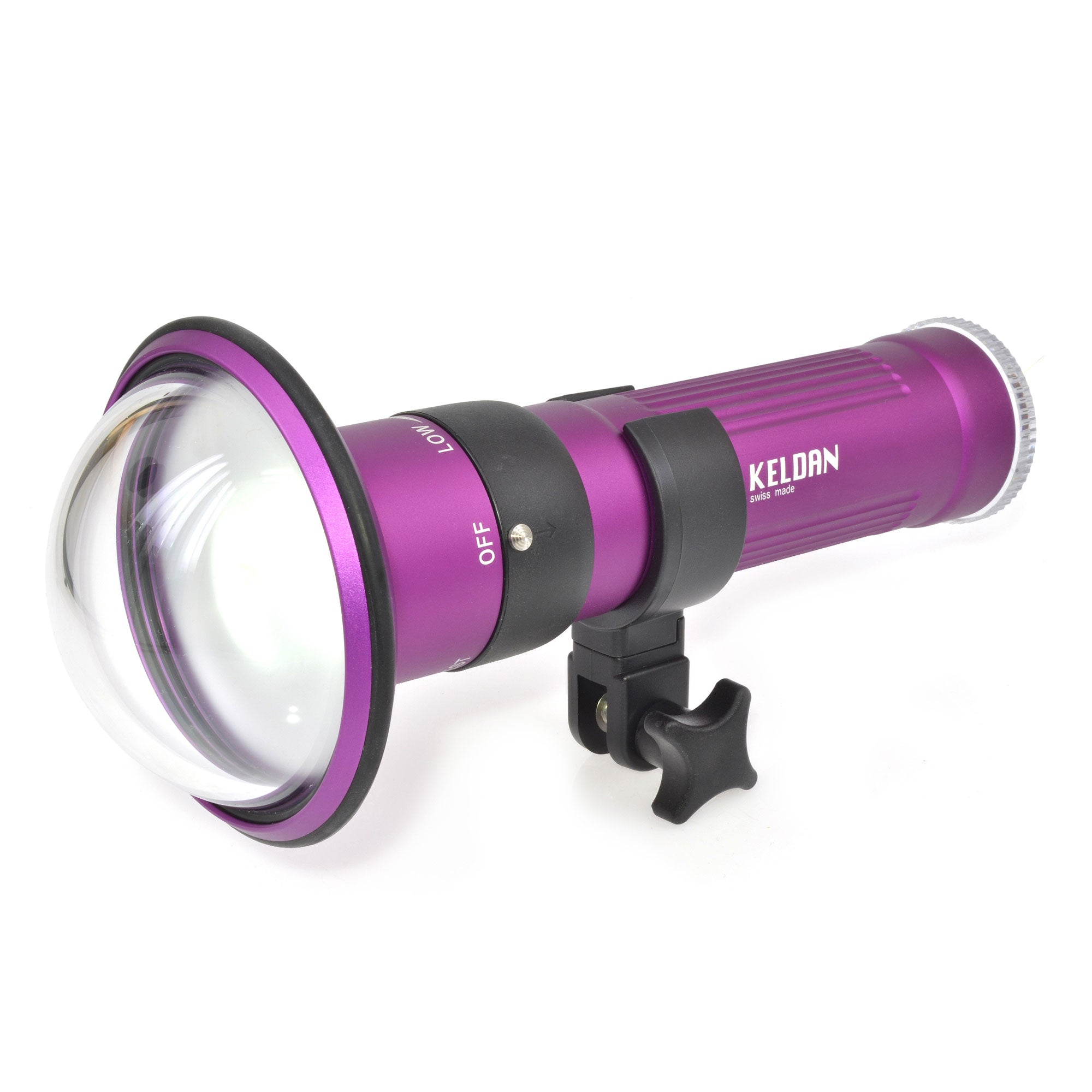
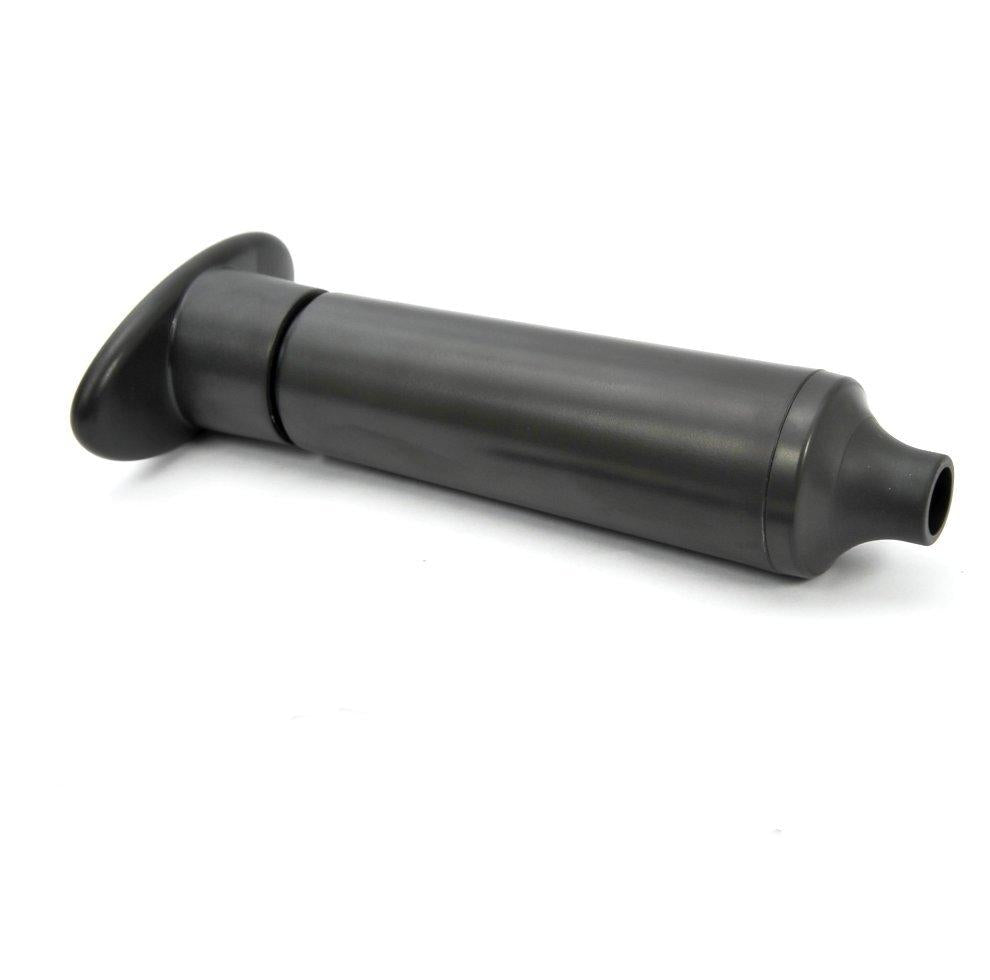
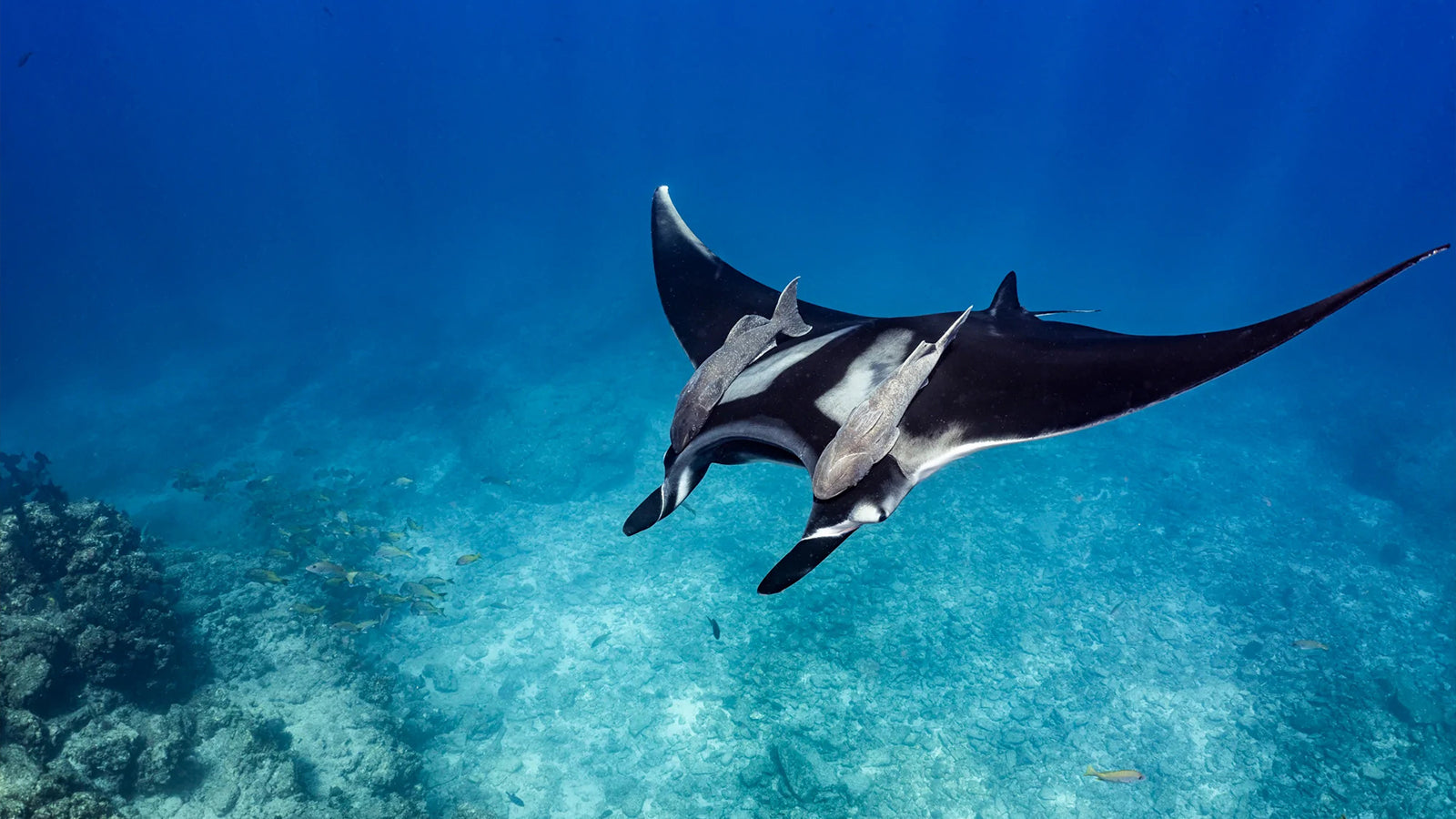



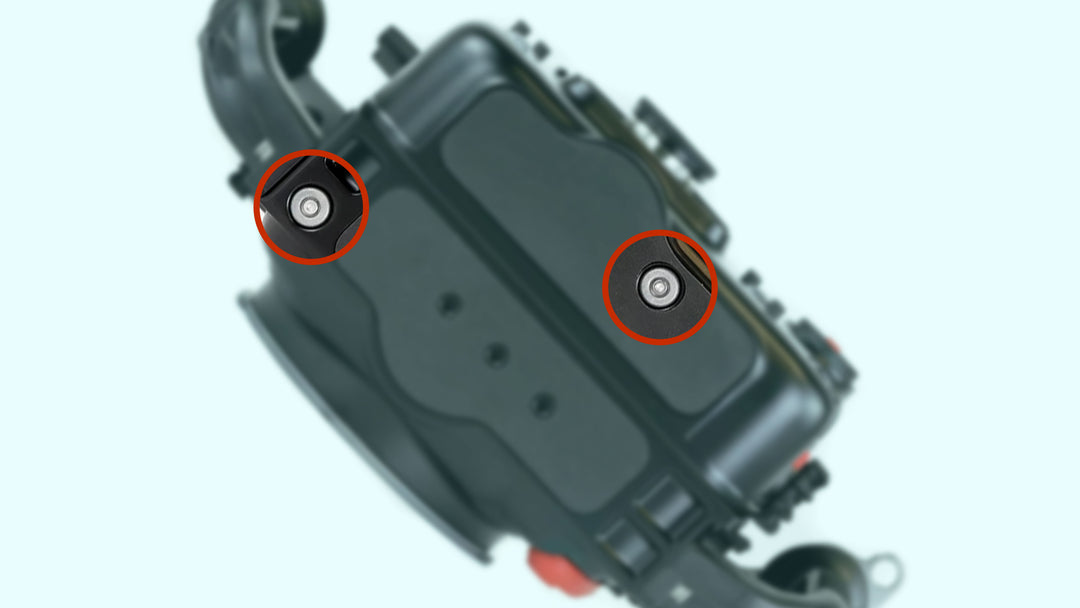
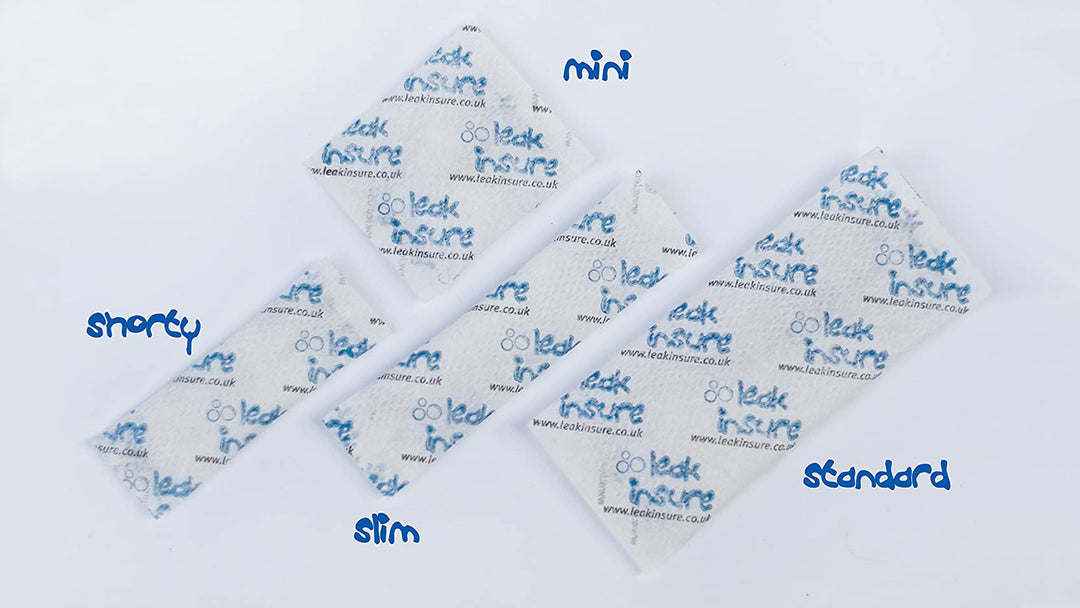
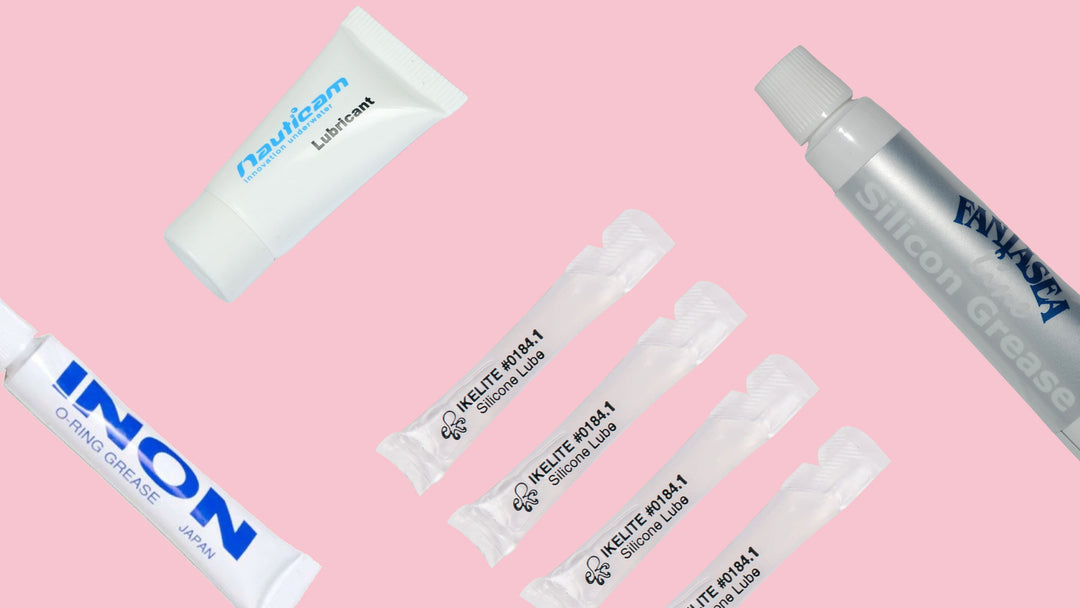
Leave a comment